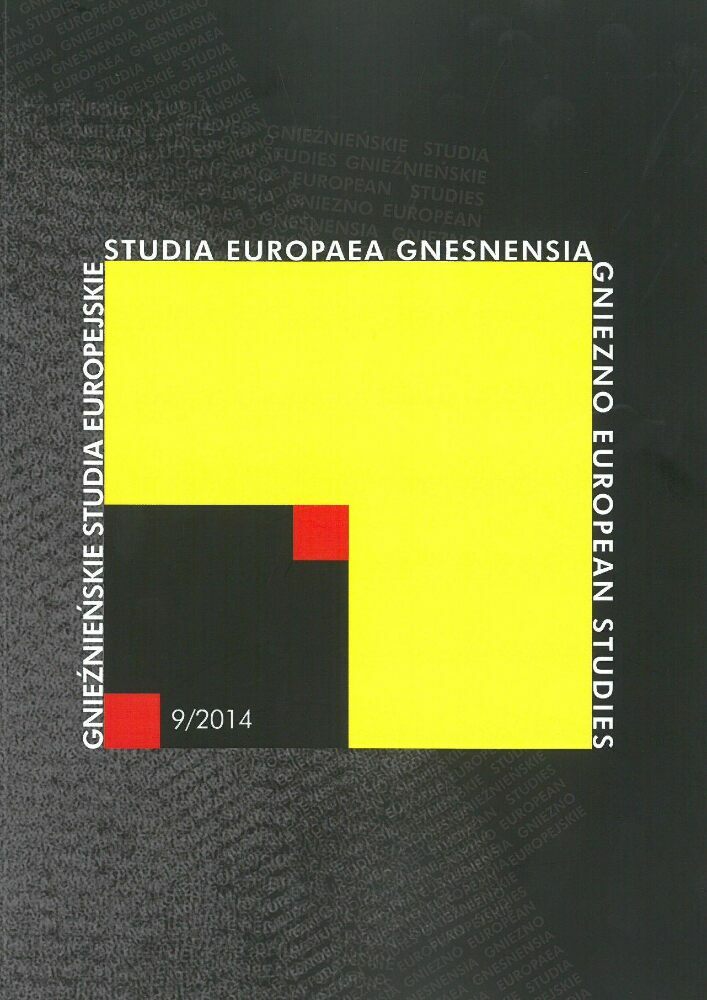Abstrakt
The aim of this article is to show the role of an innocent child as the true mystic, which formally represents the completion of the “Blue Flower”, the main symbol of the German Age of Romanticism, the epoch of yearning for the infinity, inner unity, love and redemption. These aspirations, encapsulated in the notion of the innocent child as the true mystic is particularly manifest in the literary works of Novalis and the paintings of Philipp Otto Runge.
Bibliografia
Forstner D., Die Welt der christlichen Symbole, hrsg. Tyrolia Verlag, Innsbruck–Wien 1986, S. 180–189.
Gage J., Kulturgeschichte der Farbe. Von der Antike bis zur Gegenwart, Hrsg. E.A. Seemann, Berlin 2001, S. 194–195.
Hecker J., Das Symbol der blauen Blume im Zusammenhang mit der Blumensymbolik der Romantik, Jena 1931, S. 18–19.
Heftrich E., Novalis. Vom Logos der Poesie, Frankfurt am Main 1969, S. 88.
Herrsching 1985, S. 154.
Kränzle P., Philipp Otto Runge, [in:] Biographisch-Bibliographisches Kirchenlexikon, VIII, Herzberg 1994, S. 996–1011.
Novalis, Heinrich von Ofterdingen (1800), Erster Teil: Die Erwartung, Hrsg. M. Pawlak,
Runge P.O., Briefe und Gedichte. Mit Bildern von ihm selbst, Berlin 1937, S. 117.
Runge P.O., Hinterlassene Schriften, I, Hrsg. v. Daniel Runge, Hamburg 1840, [in:] C. Grützmacher, Novalis und Philipp Otto Runge. Drei Zentralmotive und ihre Bedeutungsspähre. Die Blume — Das Kind — Das Licht, München 1964, S. 52.
Scheel H., Die erlösende Kraft des Lichts. Philipp Otto Runges in den vier Blättern der Zeiten, Europäische Hochschulschriften Reihe XXVIII, Kunstgeschichte, 165, Hrsg. Peter Lang Verlag, Bern–Berlin–Frankfurt a.M.–New York–Paris–Wien 1993, S. 89.
Sorensen B.A., Geschichte der deutschen Literatur, 1, Hrsg. B.A. Sorensen, München 2003, S. 313–314.
Stubbe W., Philipp Otto Runge. Bild und Symbol, München 1977, S. 13.
